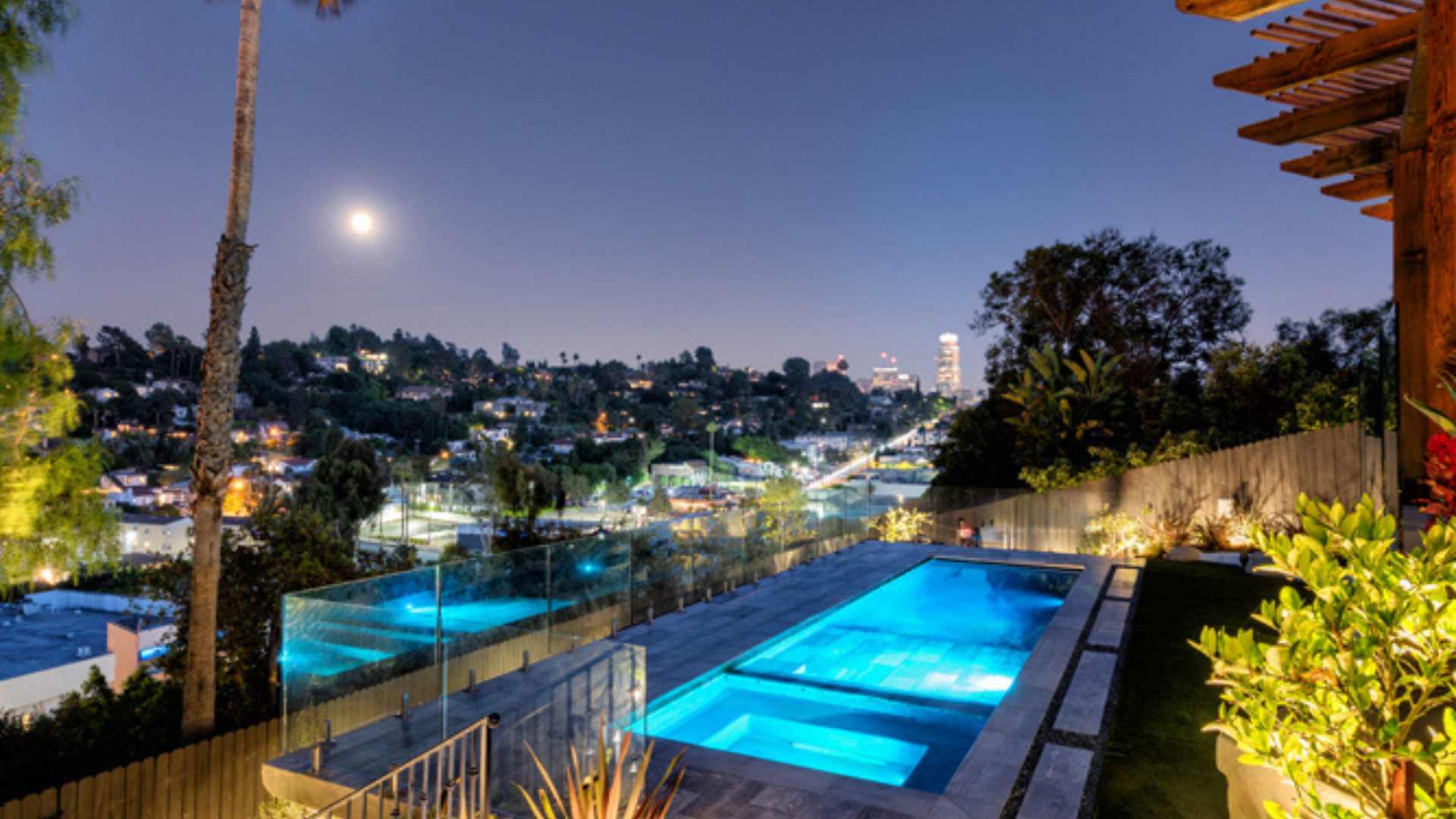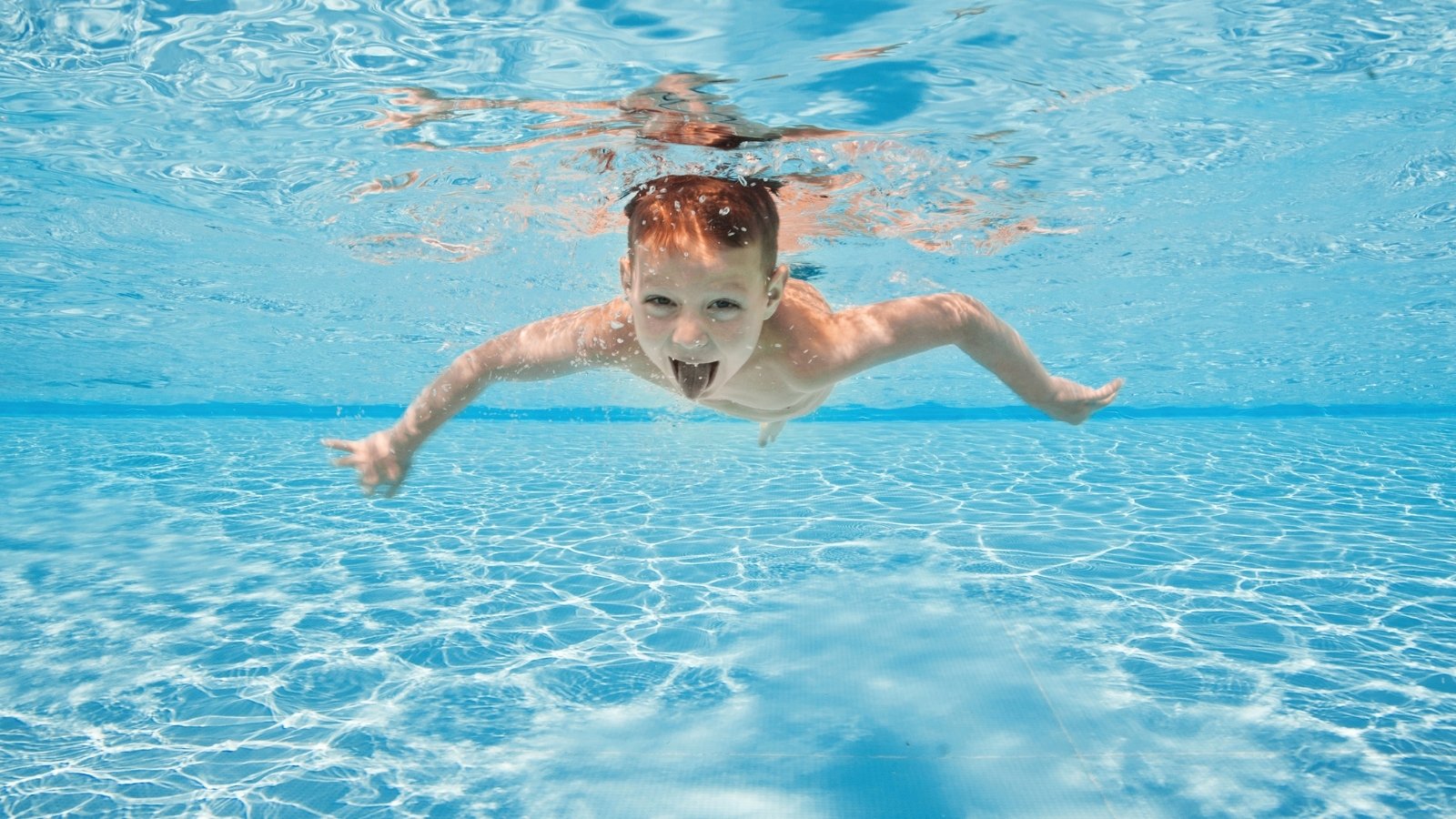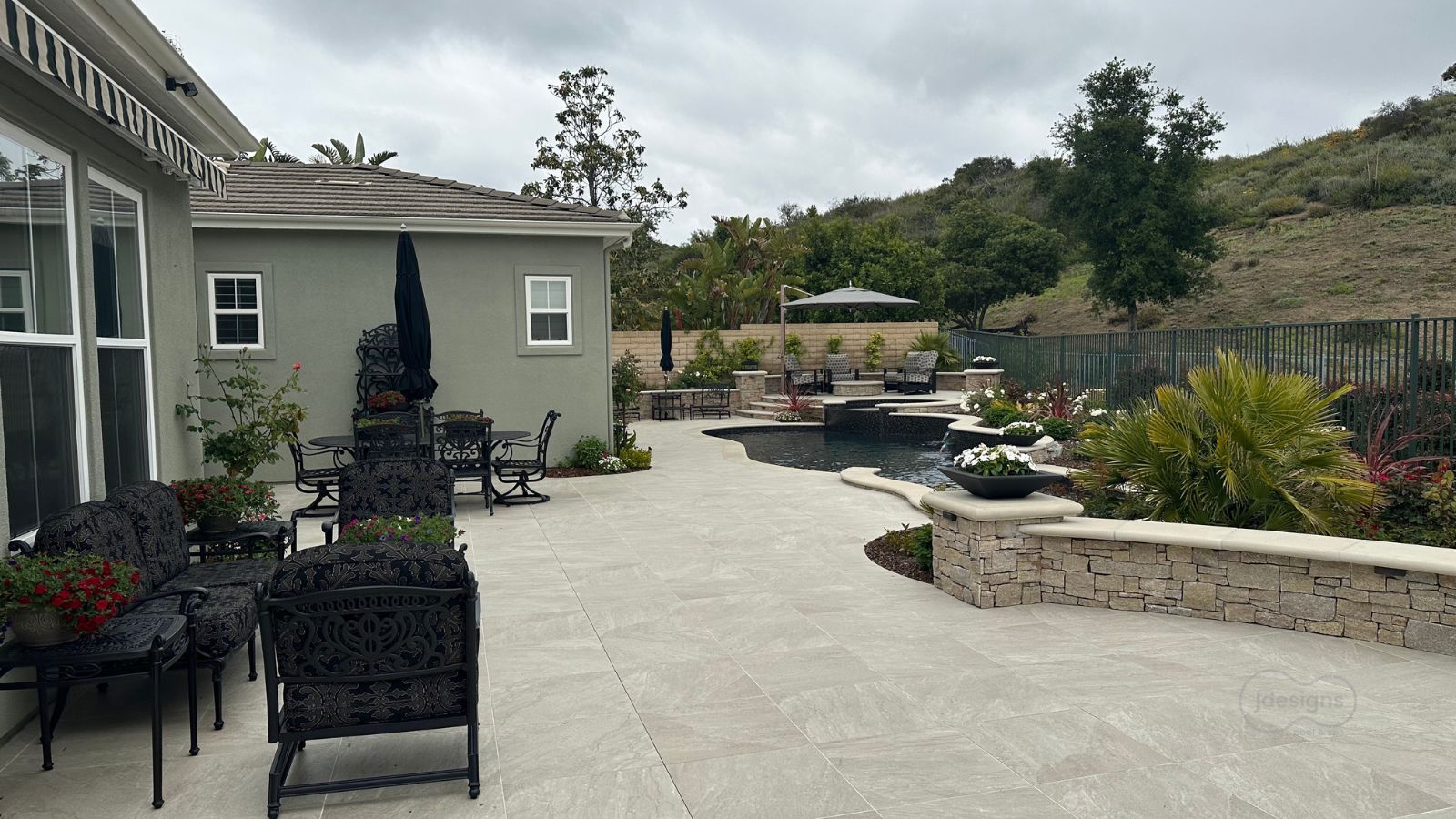How Much Does It Cost to Heat a Pool in LA with a Natural Gas Heater?
If you’ve ever felt a pang of guilt after switching on your pool heater and then saw your gas bill, you’re not alone! Many pool owners think heating...
4 min read
JC Escudero : Oct 15, 2025

Electrical safety is paramount when building or renovating a pool. Proper wiring, bonding, grounding, and adherence to the National Electrical Code (NEC) ensure the longevity of your pool equipment and, more importantly, the safety of everyone who uses it.

Bonding connects all metal pool components—like ladders, handrails, and light fixtures, creating an equipotential bonding grid. This reduces the risk of electric shock by equalizing voltage differences. According to NEC Article 680.26, bonding is essential for safety.
Grounding involves connecting the electrical system to the earth, providing a path for fault currents. This is crucial for the safe operation of electrical equipment associated with the pool.
Pro Tip: Electrical inspections during various phases of pool construction are required to proceed with installations without delays
The NEC outlines specific requirements to ensure electrical safety around pools:.jpg?width=262&height=349&name=Electrical%20blog%20Vertical%20Blog%20Visual%20(3).jpg)
Receptacle Placement: At least one 125-volt, 15- or 20-ampere receptacle must be located between 6 and 20 feet from the pool's inside wall. All receptacles within 20 feet must have GFCI protection (NEC 680.22(A)(1)).
Lighting Fixtures: Luminaires installed within 5 feet horizontally from the pool's inside walls must be at least 12 feet above the maximum water level (NEC 680.22(B)(1)).
Underground Wiring: Underground wiring should not be installed under the pool or within 5 feet of the pool's inside walls unless specific conditions are met (NEC 680.10).
Adhering to these requirements helps prevent electrical hazards and ensures the safe operation of pool equipment.
.jpg?width=407&height=305&name=Electrical%20Blog%20Horizontal%20Blog%20Visual%20(1).jpg)
Pool equipment manufacturers, such as those that provide pumps, heaters, and transformers, offer specific installation guidelines to ensure proper function and safety. For instance:
Pumps and Heaters: Must be installed with appropriate clearances and wiring sizes to handle the electrical load without overheating.
Transformers: To prevent electrical faults, they should be located away from direct water exposure and installed according to the manufacturer's instructions.
Neglecting these specifications can lead to equipment failure, increased maintenance costs, and potential safety hazards.
 The incorrect wiring of this panel caused a fire.
The incorrect wiring of this panel caused a fire.

Improperly installed or maintained pool lighting can pose significant risks:
Stray Currents: Faulty wiring or bonding can lead to stray electrical currents in the pool water, which may cause corrosion of metal components and pose a shock hazard.
Corrosion Indicators: A blackened stainless steel ring around pool lights often indicates corrosion due to stray currents, especially in saltwater pools where salt accelerates metal degradation.
Ensuring proper bonding and grounding of lighting fixtures and regular maintenance checks can mitigate these risks.
Pro Tip: Overhanging string lights over a swimming pool may look nice, but they are prohibited unless additional safety measures are in place.
The equipotential bonding grid is one of the most important but often overlooked electrical safety requirements during pool construction. According to NEC Article 680.26(B)(2), a bonding grid must be installed to cover the pool shell and the deck area extending at least 3 feet from the pool’s edge.

A bonding grid is a network of copper conductors (usually #8 bare copper wire) that connects all metallic elements around the pool, including rebar in the pool shell, metal fences, handrails, ladders, and even diving boards or slides. This grid is connected to the pool’s electrical system to maintain a uniform electrical potential throughout.
The bonding grid eliminates voltage differences between different objects near the pool. If there’s a voltage difference between the metal ladder and the concrete deck, a person stepping from one to the other could receive a dangerous shock, even if everything seems to be working correctly.
By tying all these parts together into one unified system, the bonding grid ensures there's no difference in voltage, which drastically reduces the risk of electric shock in and around the pool.
NEC requires this grid to extend at least 3 feet from the water’s edge into the surrounding deck because that’s the area where swimmers, especially barefoot children, are most likely to come into contact with the ground, ladders, and pool fixtures. This "safety zone" is critical for protecting people during everyday use or if an electrical fault occurs.
Pro Tip: During renovations or new construction, always verify with your contractor or electrician that the bonding grid is installed and inspected properly. It’s not something visible once the deck is poured, but it’s one of the most critical parts of the job.
 Drawings courtesy of Mike Holt Enterprises and subject to copyright
Drawings courtesy of Mike Holt Enterprises and subject to copyright
When building or renovating a pool, it's crucial to consider the placement of overhead electrical lines. The NEC specifies minimum clearance distances to ensure safety:
Utility Power Lines (up to 750 volts): Must be at least 22.5 feet above the water level or the pool's edge, whichever is higher, and 10 feet horizontally from the water's edge in any direction.
Communication Lines (e.g., telephone, cable TV): Must be at least 10 feet above the water level or the pool's edge.
These clearances are outlined in NEC Article 680.8. The purpose of these requirements is to prevent the risk of electric shock or electrocution. If a power line were to fall into the pool or if someone using pool equipment were to come into contact with a low-hanging wire, the consequences could be fatal.
In areas like Los Angeles, local building codes, such as those enforced by the Los Angeles Department of Building and Safety (LADBS), may have additional requirements or interpretations of the NEC. It's essential to consult with local authorities or a licensed electrician to ensure compliance with all applicable codes.
New swimming pools must be constructed outside of any easement or right-of-way permit, and no portion of the water shall be under the high-voltage lines. The Los Angeles Department of Building and Safety will request an approved encroachment permit from the LADWP, but this may not be obtained until excavation is completed, which could result in the owner incurring additional time and expenses.

Everyone loves a beautifully landscaped yard, but it's essential to think ahead when planting near utility poles or beneath overhead power lines. Tall-growing trees are never a good idea under wires, as they can cause power outages if they come into contact with a power line. Additionally, all utility poles will ultimately need to be replaced, which means that any plants and foliage surrounding them will also be removed.

Pool builders are construction experts but may not specialize in electrical installations. Hiring licensed electricians familiar with NEC requirements and local codes is crucial. Proper electrical installation ensures:
Safety: Reduces the risk of electrical fires and shock hazards.
Compliance: Meets legal standards and passes inspections.
Reliability: Ensures that pool equipment operates efficiently and lasts longer.
Cutting corners, hiring unlicensed personnel, or using undersized wiring (costs less) can lead to overheating, equipment failure, and even house fires. If you have any electrical concerns regarding your future or existing pool equipment, let us know, as we can guide you through the electrical process in pool construction. At J Designs, we have provided proper electrical consultations and inspections since 2008. For more information, contact us by using the link below.

If you’ve ever felt a pang of guilt after switching on your pool heater and then saw your gas bill, you’re not alone! Many pool owners think heating...

Is Large Format Tile Right for Your Pool Project? What Every Homeowner Should Know Thinking about building or transforming your pool with...

You just invested in a brand new pool. What’s next? Thinking you can handle pool care with a few YouTube videos and a set of chemicals?